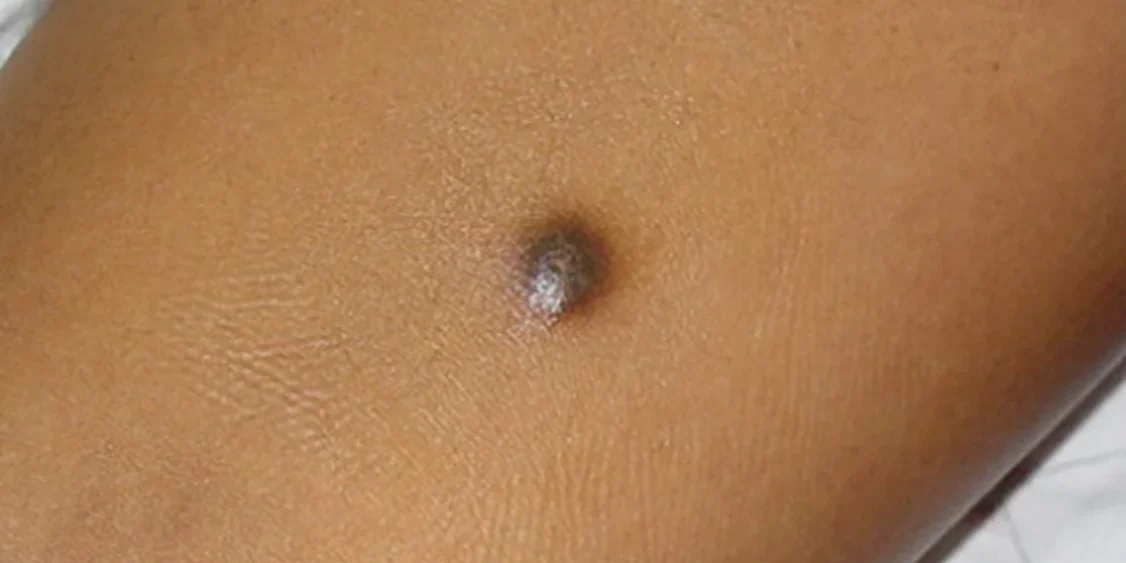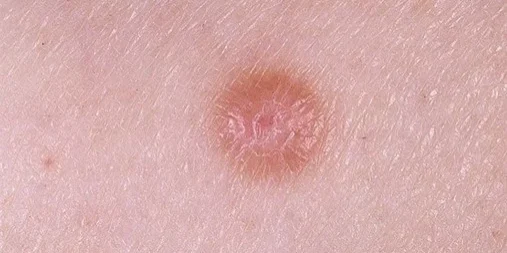What is dermatofibroma?
This is a benign overgrowth of fibrous tissue in the deeper layer of the skin called the dermis.
What do dermatofibromas look like?
Dermatofibromas can occur at any site but are especially common on the lower leg, arms and back. They are firm lumps in the skin and are usually light brown although the colour may vary.
They are more common in women than men. It is not uncommon to develop several dermatofibromas at different body sites. They often itch and irritate when they first occur, and this generally settles after a few weeks or months. They can sometimes be sore when knocked.


Treatments for dermatofibromas
Dermatofibromas are harmless and as such do not generally require any treatment. Treatment is usually only indicated if they grow significantly or cause persistent discomfort.
Surgical removal
Dermatofibromas involve the deeper layers of the skin and can only be effectively treated by surgical removal (full excision) under local anaesthetic. The NHS does not currently offer removal of dermatofibromas.
What are the complications of surgical removal of dermatofibroma?
Surgical removal will leave a scar which often can be bigger than the dermatofibroma (depending on the size of the dermatofibroma). The cosmetic result may potentially look more unsightly than the original skin lesion.
As with any surgical procedure, infection, scarring and bleeding may be potential complications. When removing dermatofibromas on the lower leg, the wound may be slow to heal or cause a stretched white scar.



